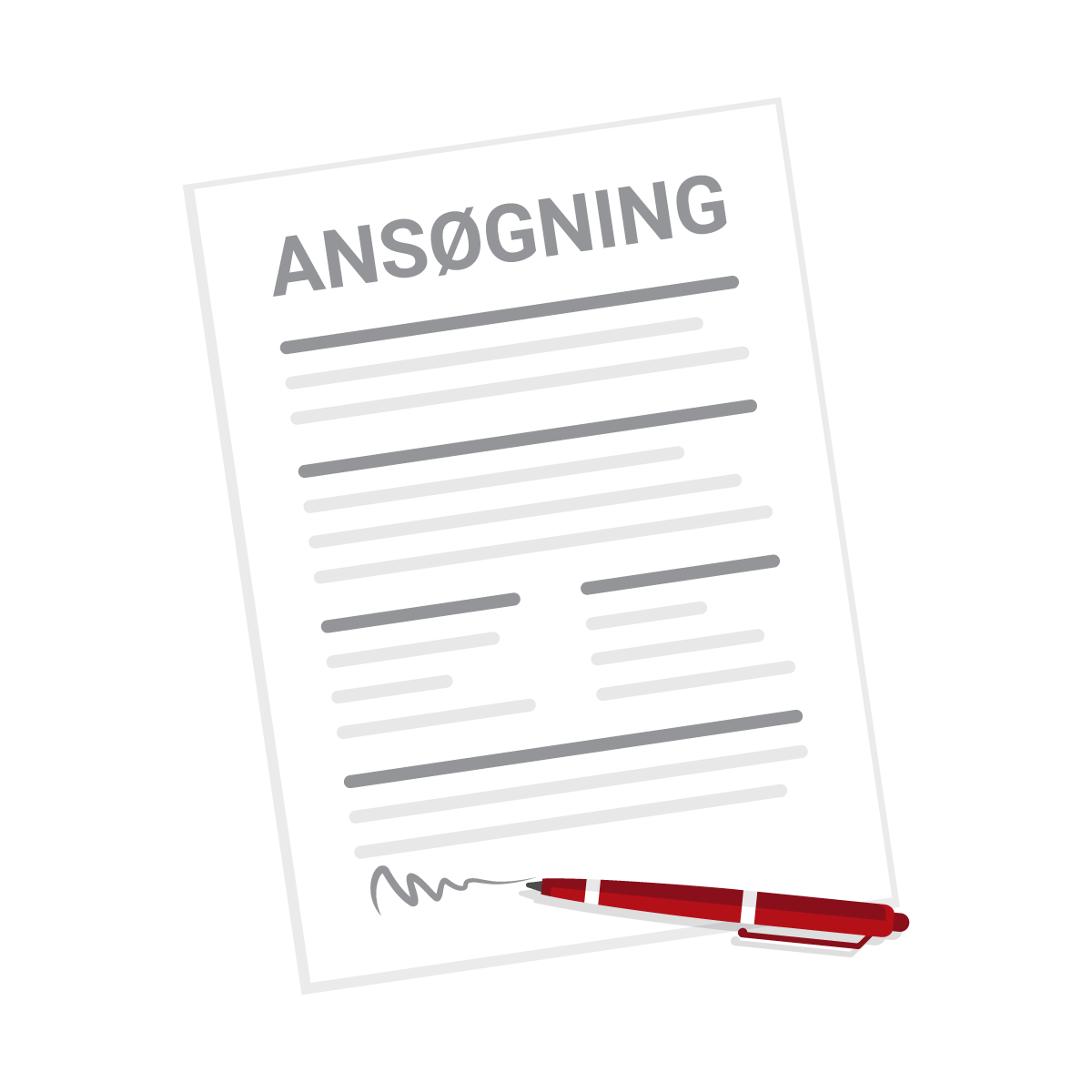Your browser (Safari 1.0) is more than 3 years old.
We recommend that you upgrade to the latest version. Otherwise we cannot guarantee that all functionality on Jobindex will work correctly.

Unsolicited application
An unsolicited application is an effective way to stand out and capture employers' attention. Here you'll find tips on how to identify employers, as well as examples and templates for your application – whether you want to broaden your opportunities or are applying for your first job.
This page contains the following

Checklist: How to write a strong unsolicited application
- Be clear about why you are contacting the company.
- Show how your skills can create value – even without a vacancy.
- Tailor your application to the company's mission, values and projects.
- Finish with a clear call to dialogue and make sure to follow up yourself.
All the basics about unsolicited applications
Here you'll find answers to the most common questions about unsolicited applications – what they are, why they matter, and how to structure them so they capture the employer's interest.
An unsolicited application resembles a traditional job application, but there are some differences you should be aware of. It is always important to make your application personal and tailor it to the company – even when applying unsolicited. For example, explain clearly and concretely why you want to work for them and how you can contribute to their success. Remember to keep your application short and precise so the employer can quickly get an overview of your qualifications and experience.
An unsolicited application is your opportunity to introduce yourself to a company and showcase what you can offer as an employee – without being limited by specific job requirements in a vacancy. By including some key elements in your unsolicited application, you can make it both effective and engaging for the employer.
First and foremost, your application should include an introduction of yourself, where you briefly describe who you are, what you can offer, and why you want to work at the company in question. You should then write about your education and professional experience, highlighting the professional and personal skills you possess that make you suitable for a potential role in the company.
It is also important to include a conclusion where you summarise your strengths and once again explain why you want to work for the company. It may also be a good idea to suggest a meeting where you can learn more about the company and your potential opportunities for employment. Emphasise that you understand the company may not have a vacancy for you right now, but that you are also interested in the longer term.
Finally, ensure your application has a clear, easy-to-follow structure, and proofread it carefully for spelling mistakes, the wrong recipient, and so on before you send it.
How do I write a strong unsolicited application?
Below you can see which elements are typically included in an unsolicited application.
Example of an unsolicited application
Dear [company name],
I am writing to apply for the opportunity to work with you as a [position]. I first became aware of your company through [name of source], and after reviewing your products and services, I am impressed by your commitment and potential within the field.
I hold a degree in [education] and have [number] years of experience within [industry/field]. My expertise lies in [skills and strengths], and I have previously succeeded in [example of a task or project where you demonstrated your skills]. I am passionate about [a topic related to the position] and believe that my background and abilities can make a valuable contribution to your team.
I am particularly drawn to your company's commitment to [mission], as I see it as an important part of creating a sustainable future. I am also impressed by your recent project [project name], which demonstrates your innovative approach to [industry].
I greatly appreciate you taking the time to read my application. I would very much like to meet with you to discuss how I can contribute to your company – even if there may not be a vacancy at the moment. I will therefore follow up with you within the next week, but please feel free to get back to me before then if it suits you better.
Best regards,
[Your name]
Remember that the above template is only a guideline, and you should always make sure to adapt it to your own style and wording.
How do I find relevant companies to apply to unsolicited?
Finding potential employers can be a challenge because you do not have a specific job advert to relate to. Here are some tips to help you identify companies that might be interested in an unsolicited application.
What should I do once I've identified the companies?
Once you have identified some companies you would like to send your unsolicited application to, it is important to navigate the process in a professional way. Here are some steps you can take to improve your chances of success.
By following these steps and maintaining a professional approach, you can increase your chances of securing an interview and perhaps even a job offer from a company you would like to work for. You may also want to consider creating an online CV so your skills are visible to employers and recruitment specialists when they are looking for new employees.
Create a CV – and get found


